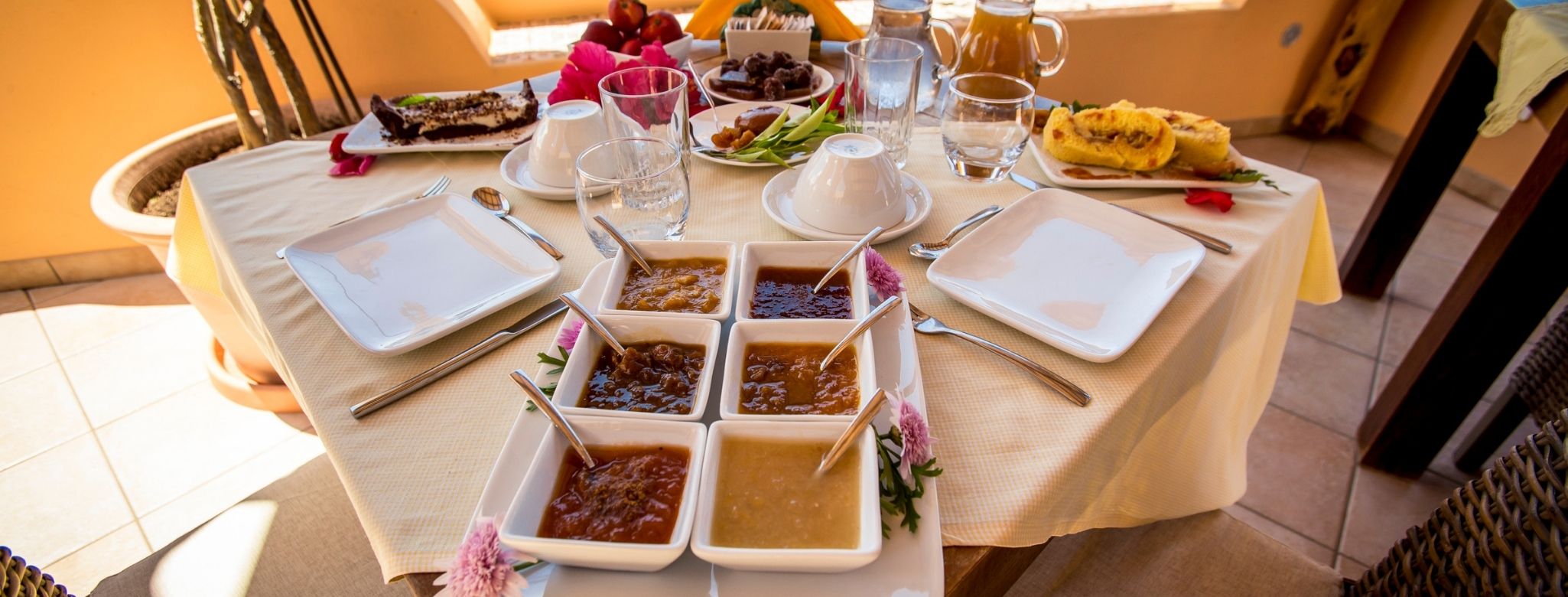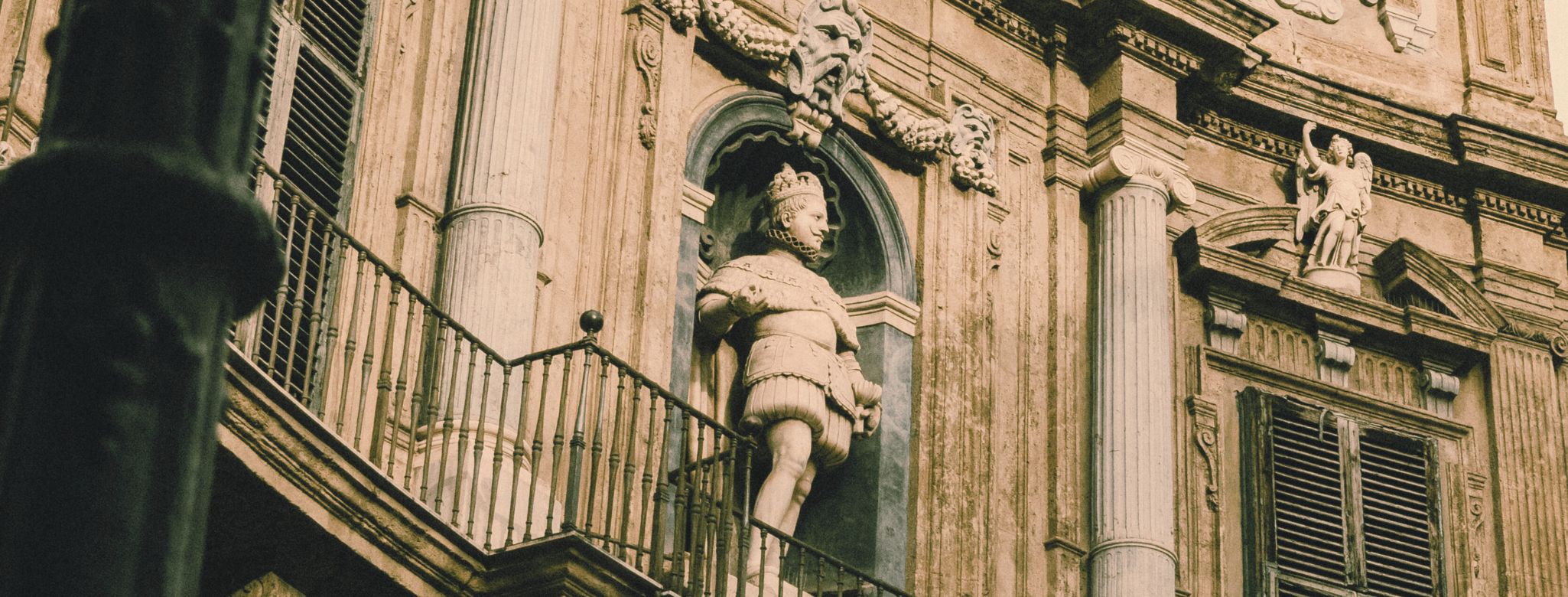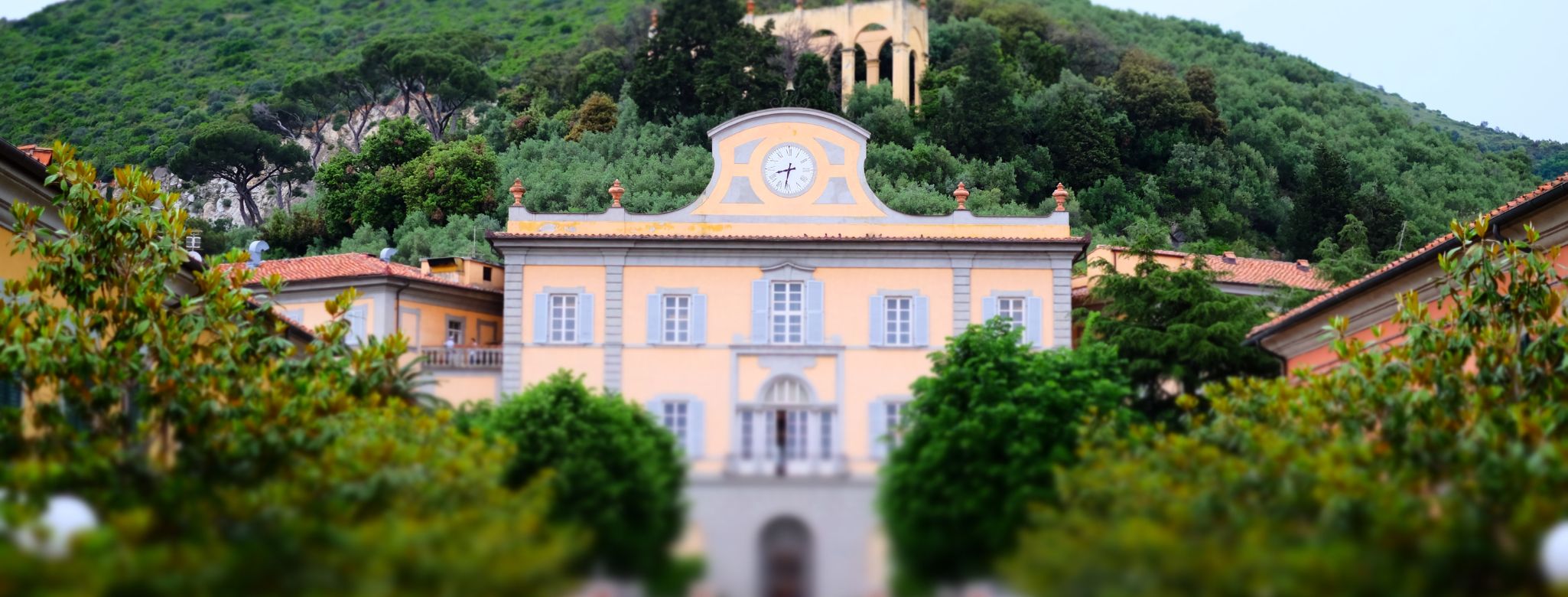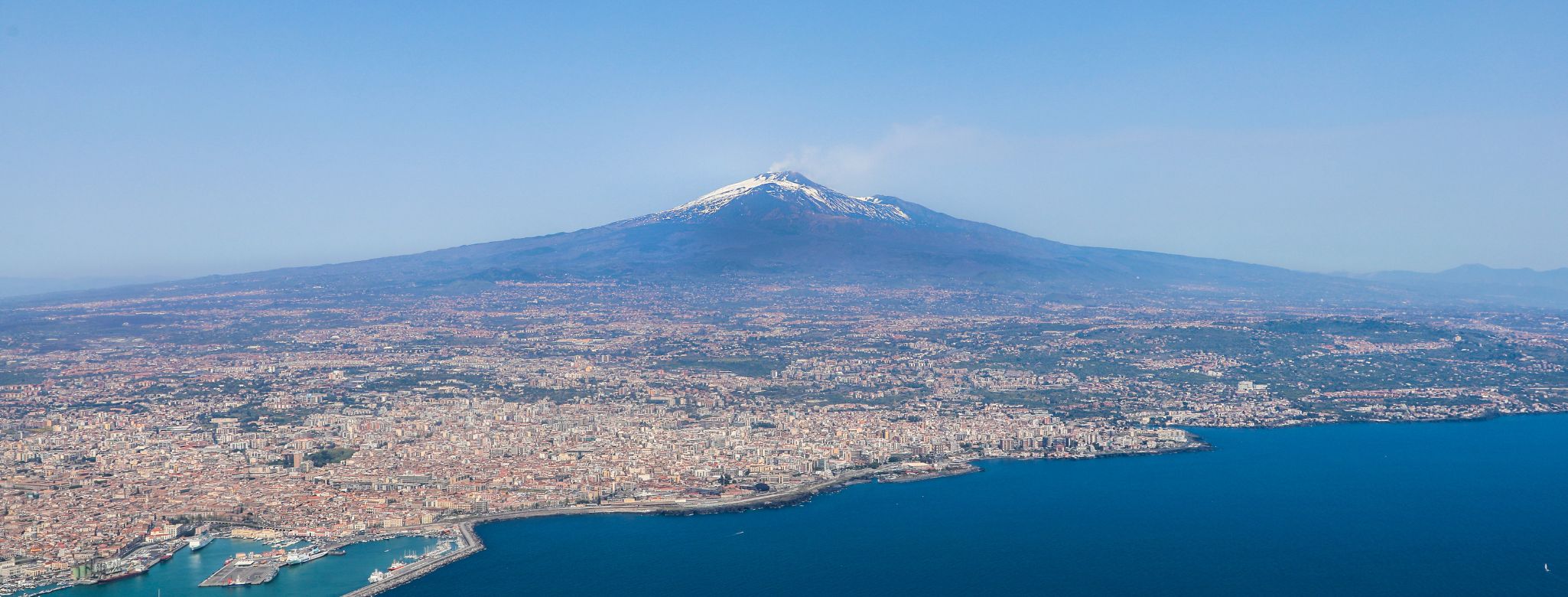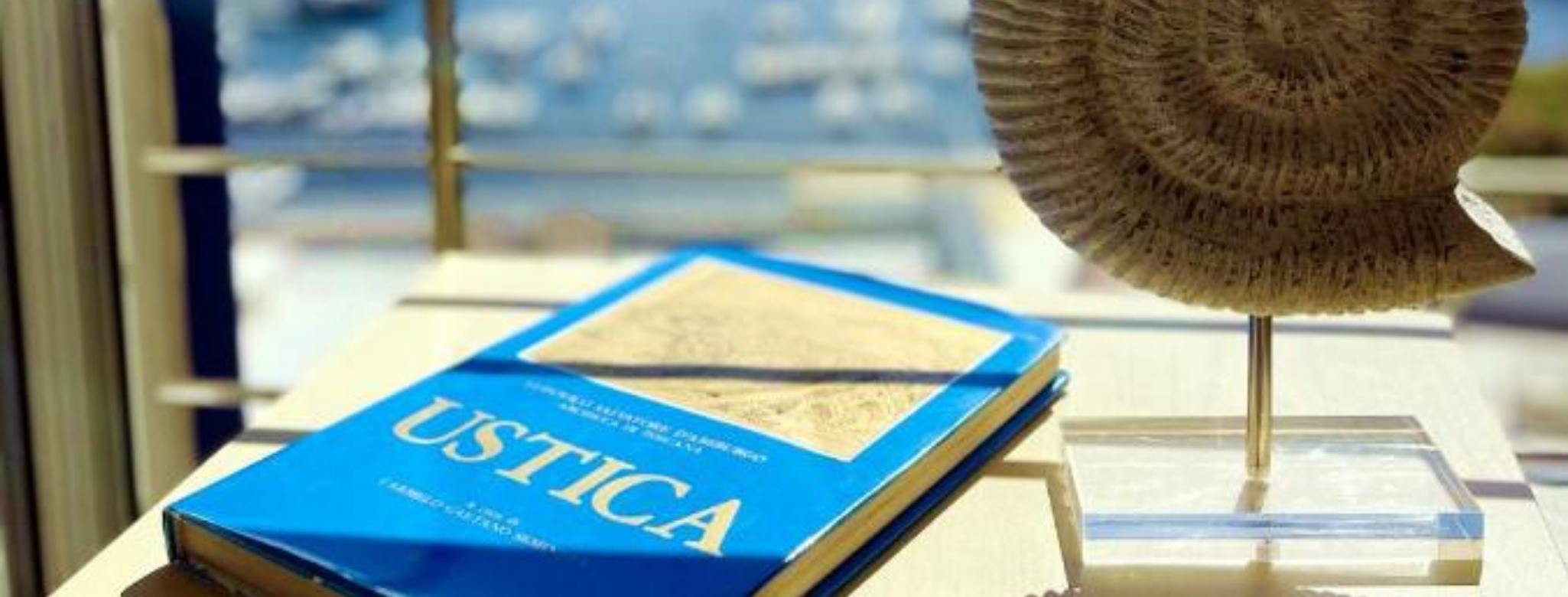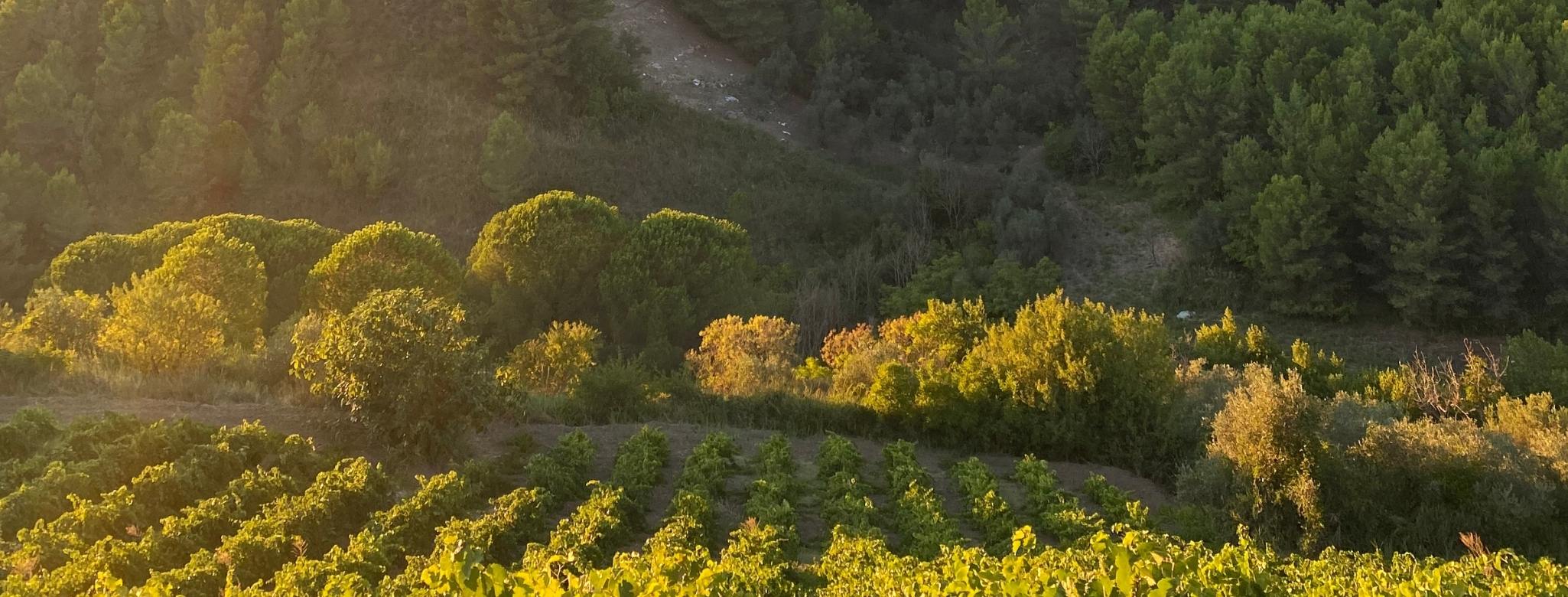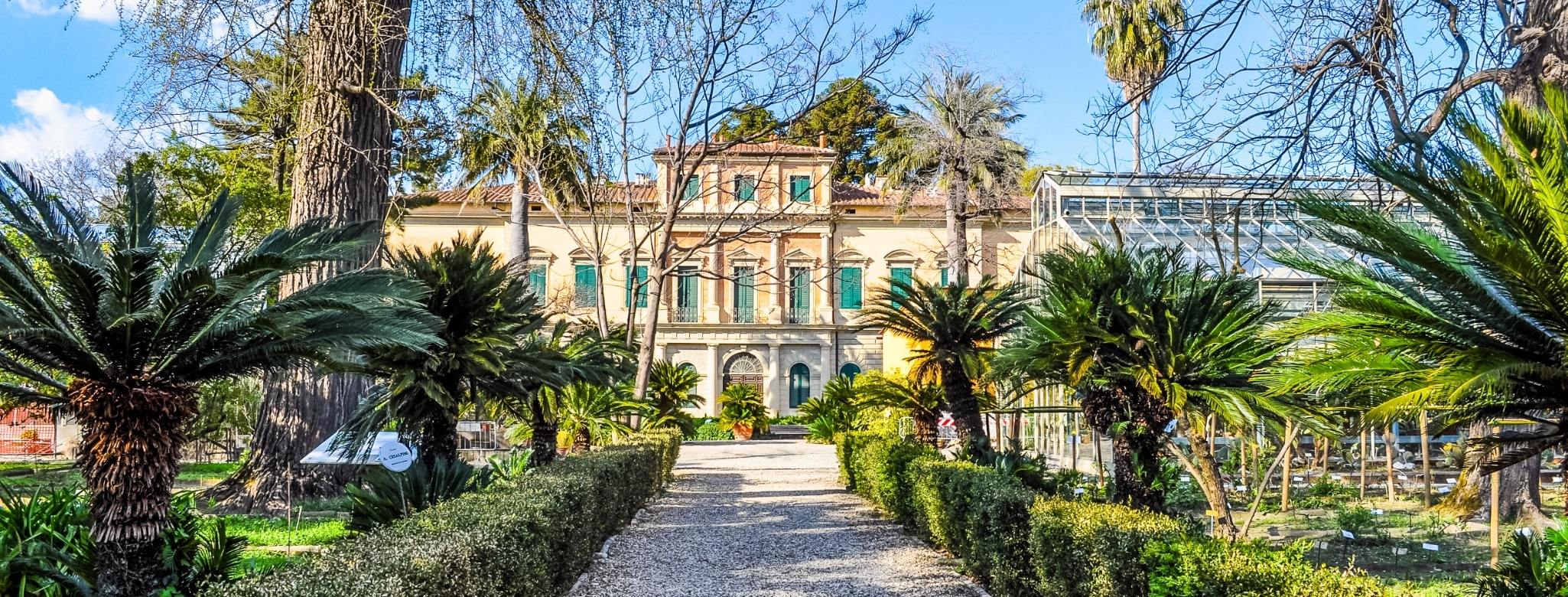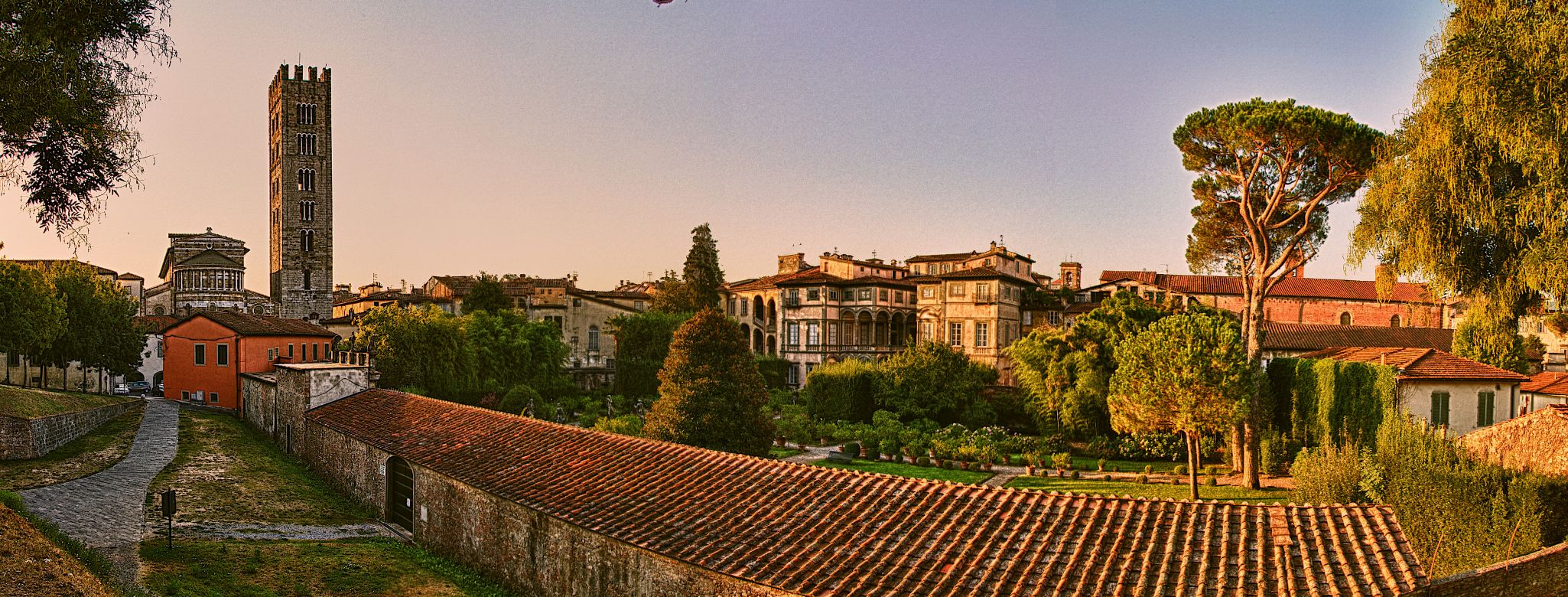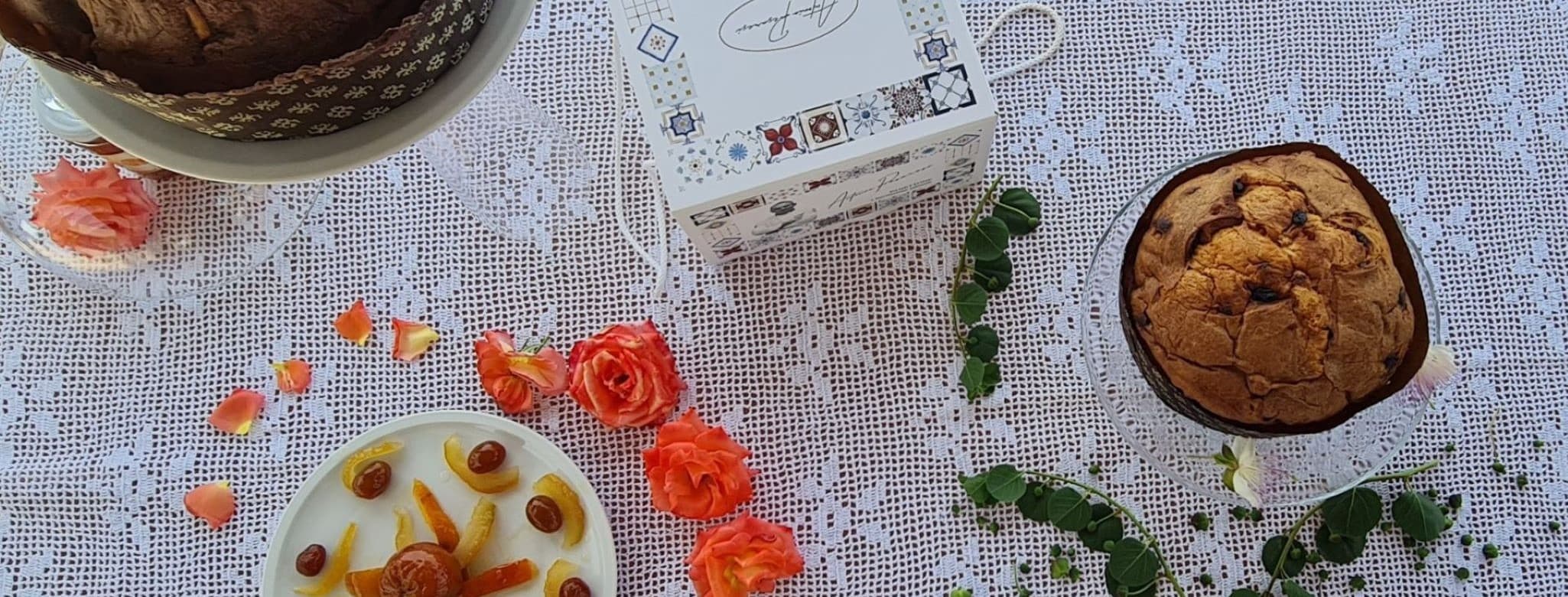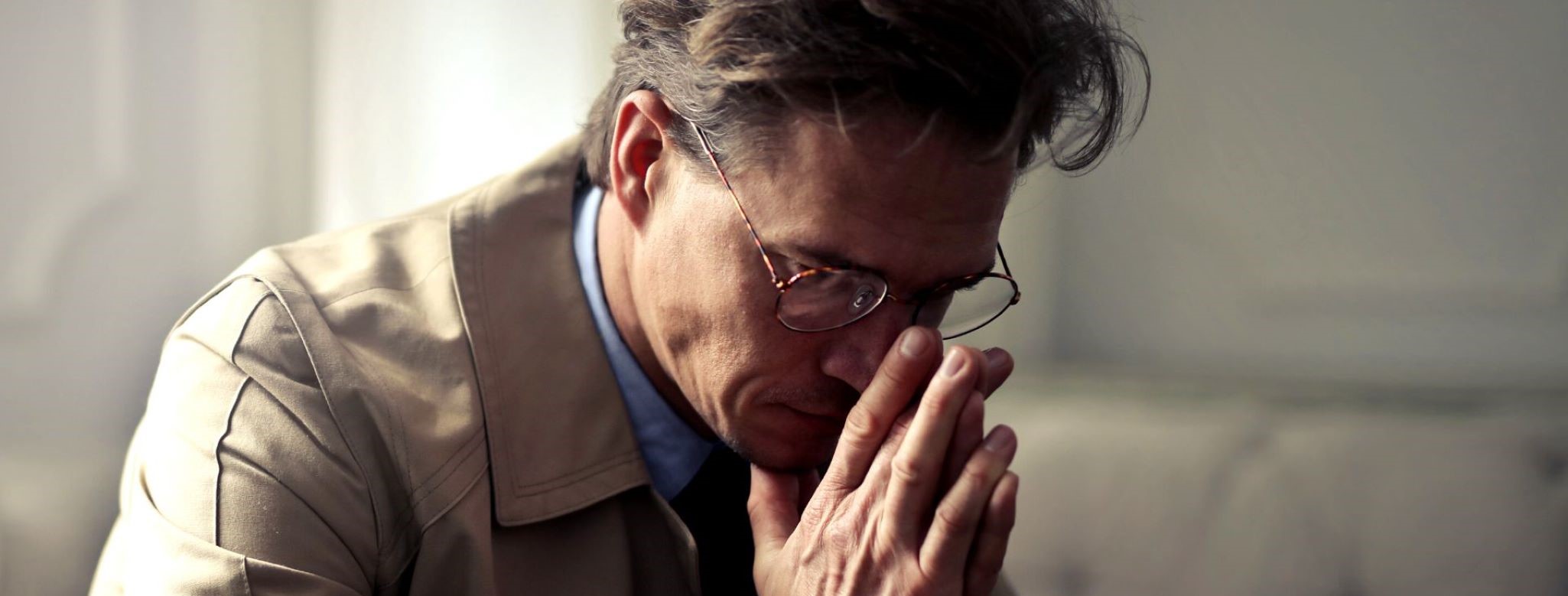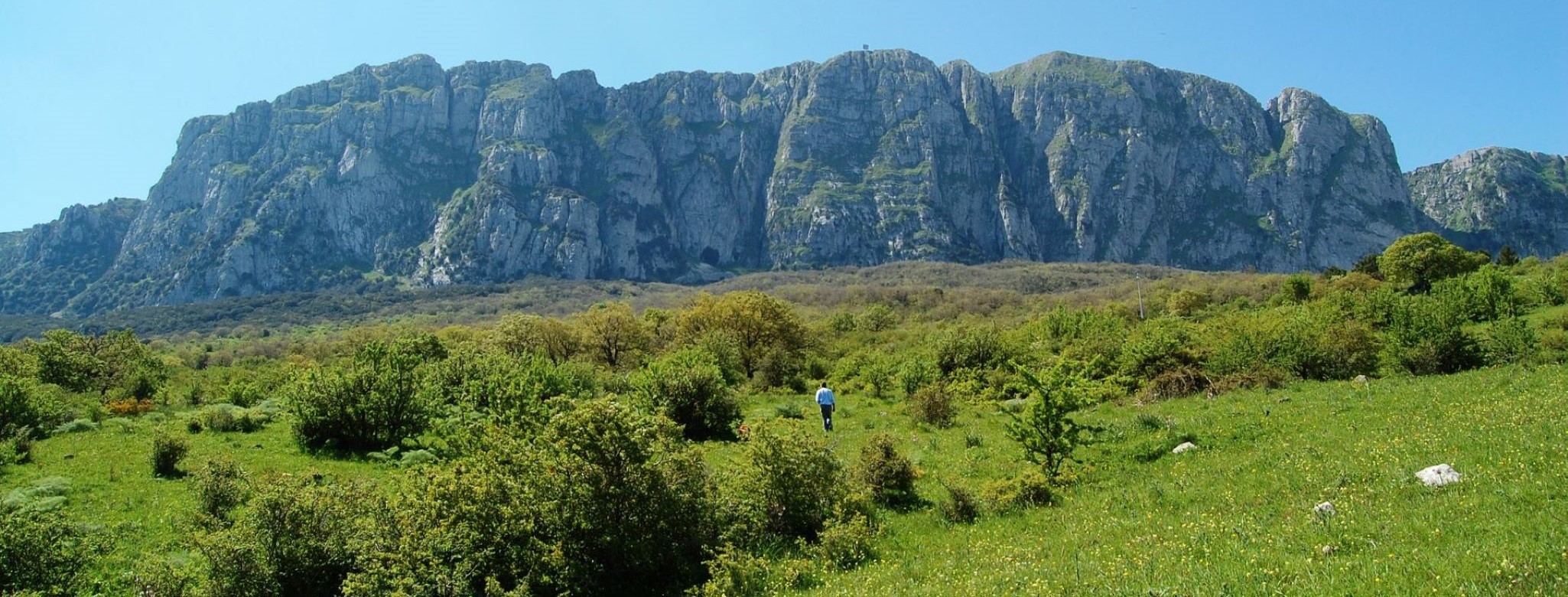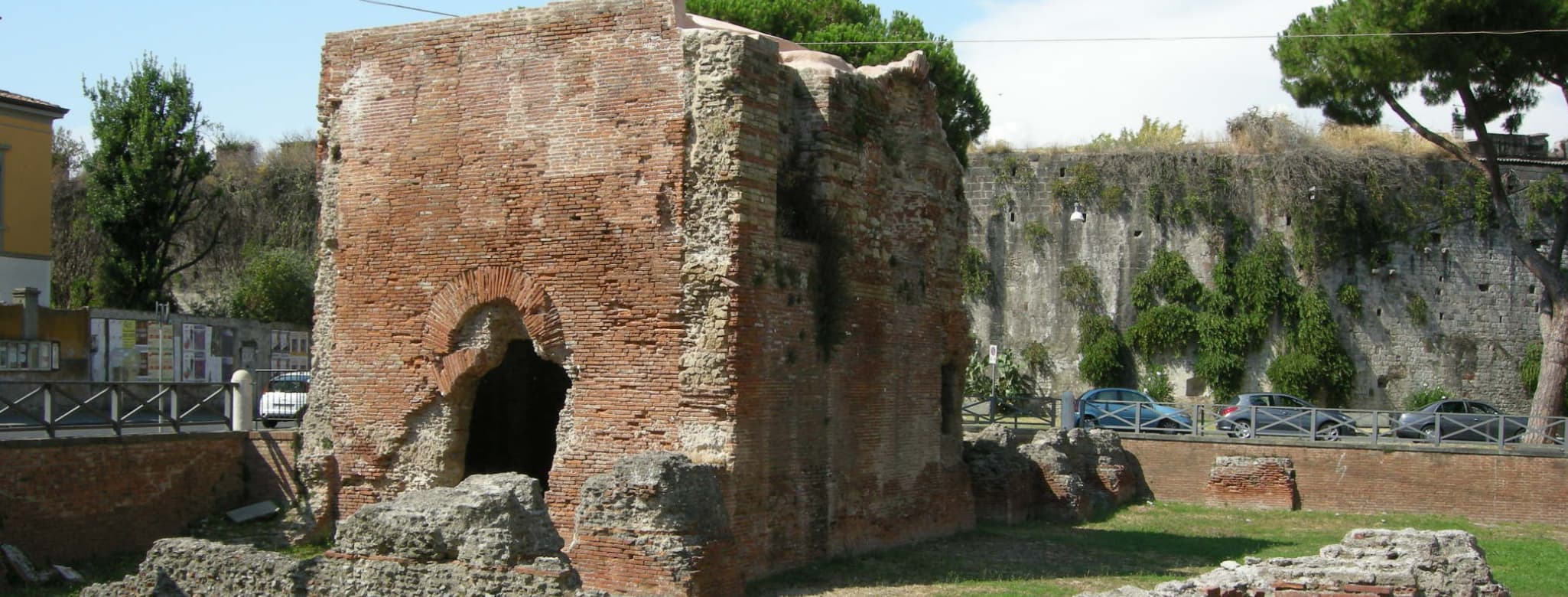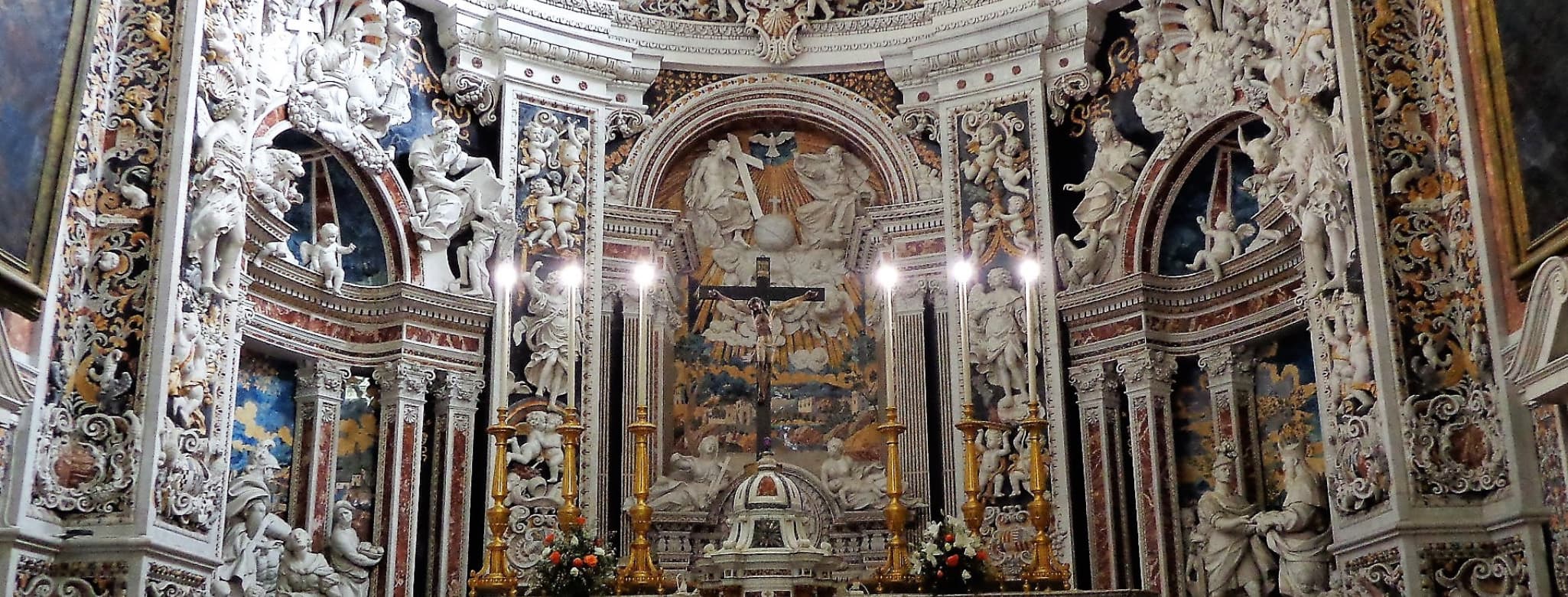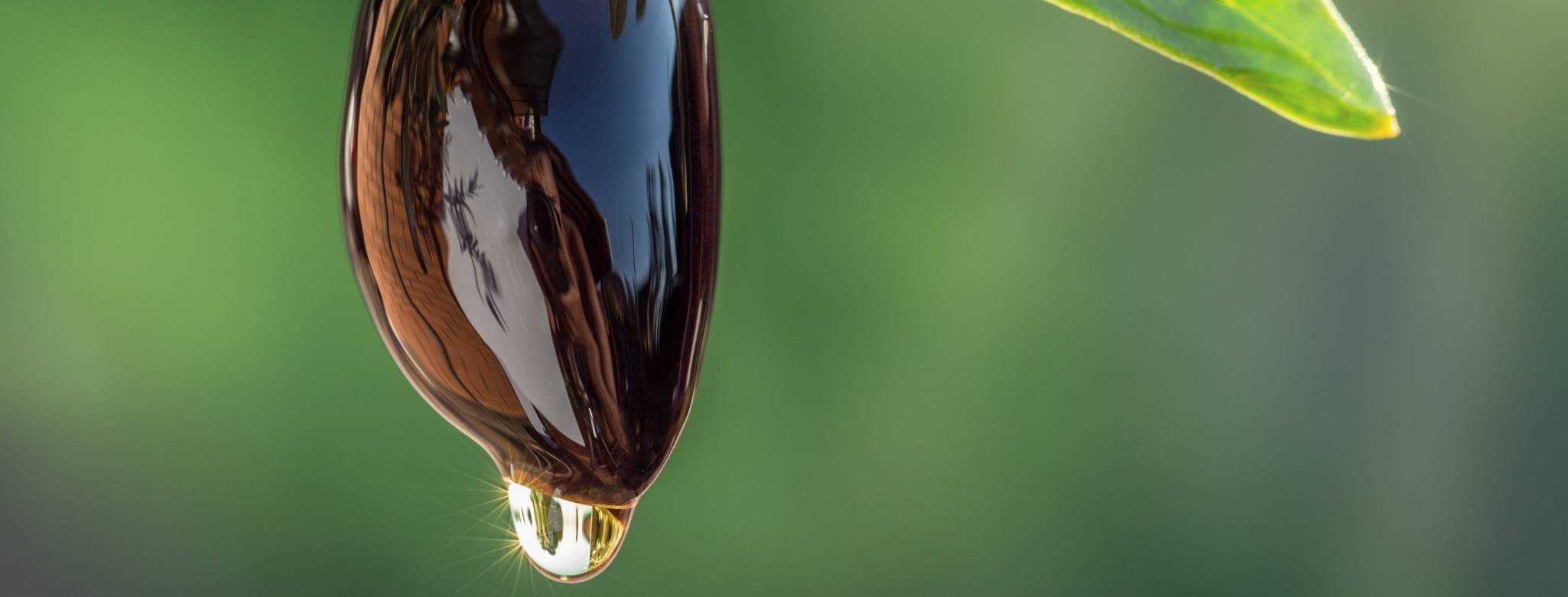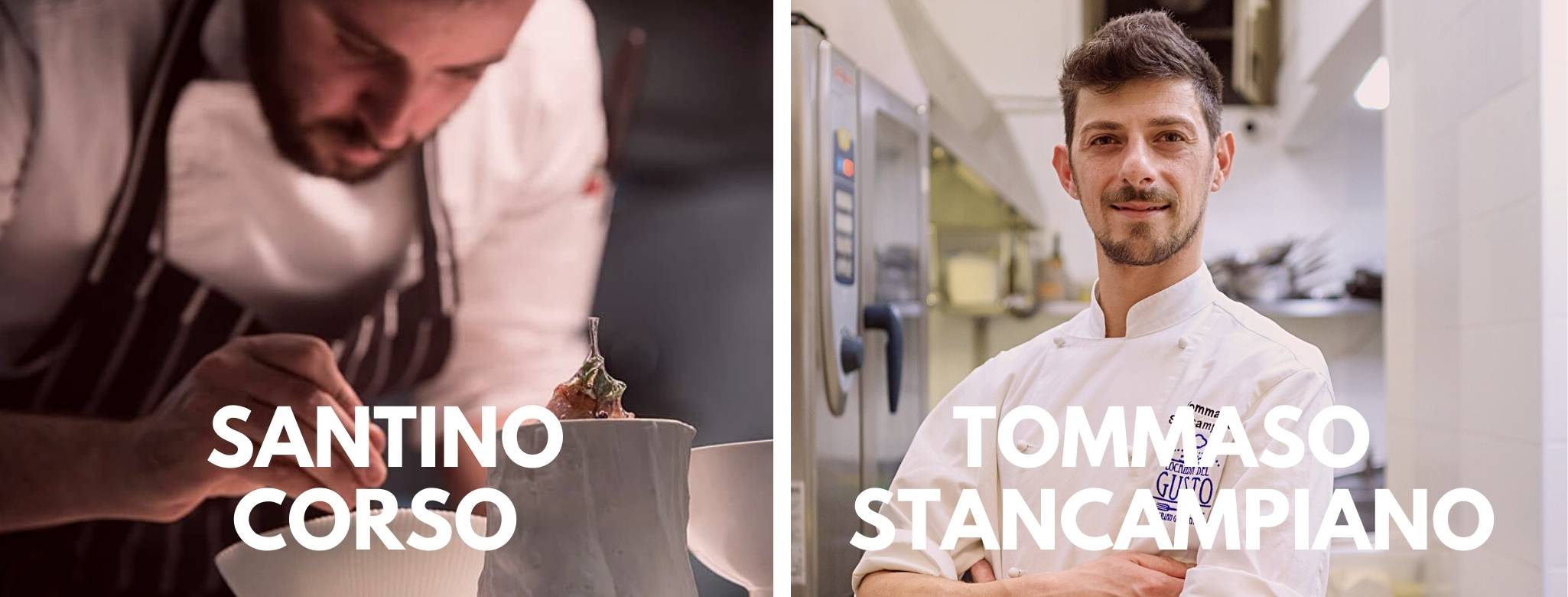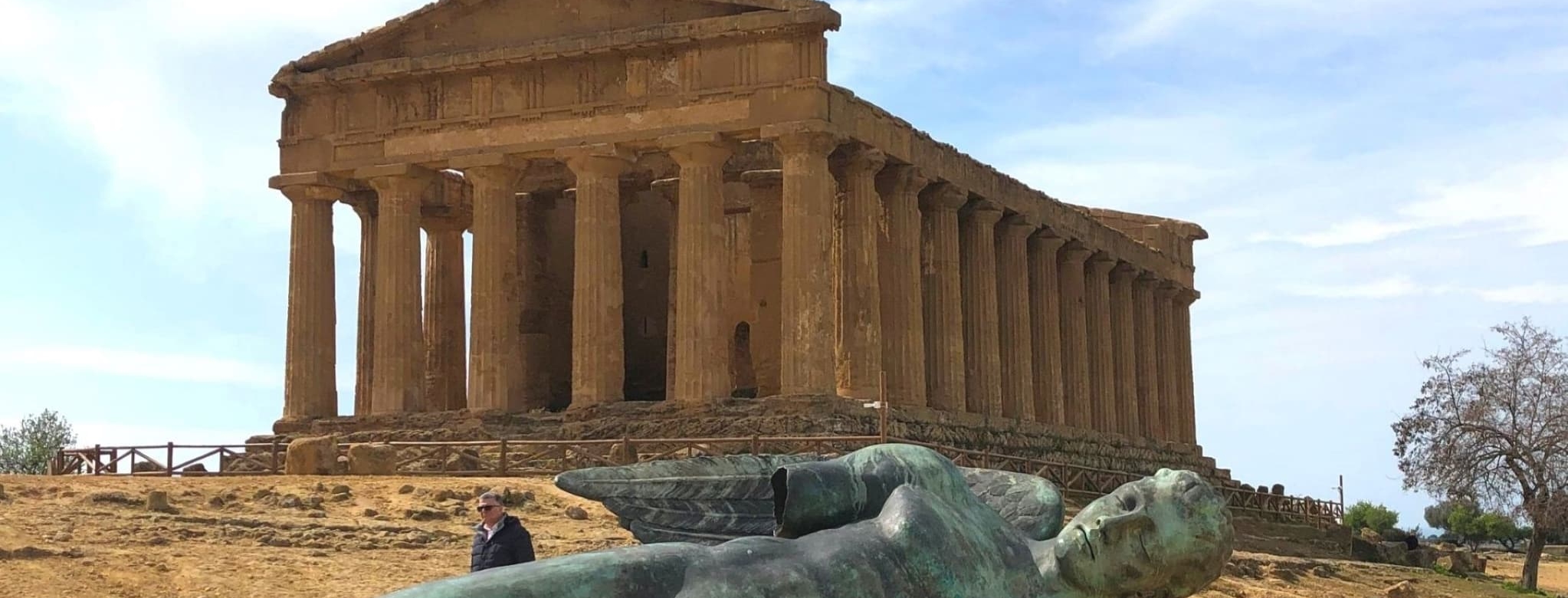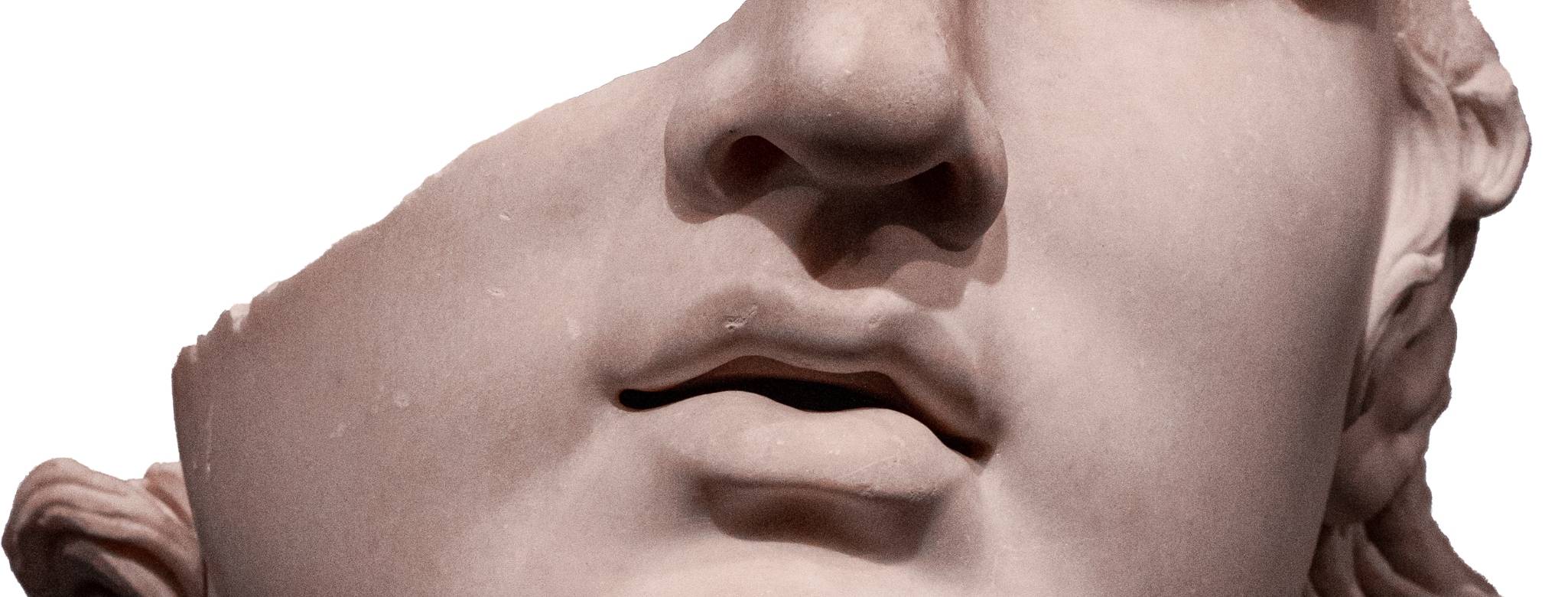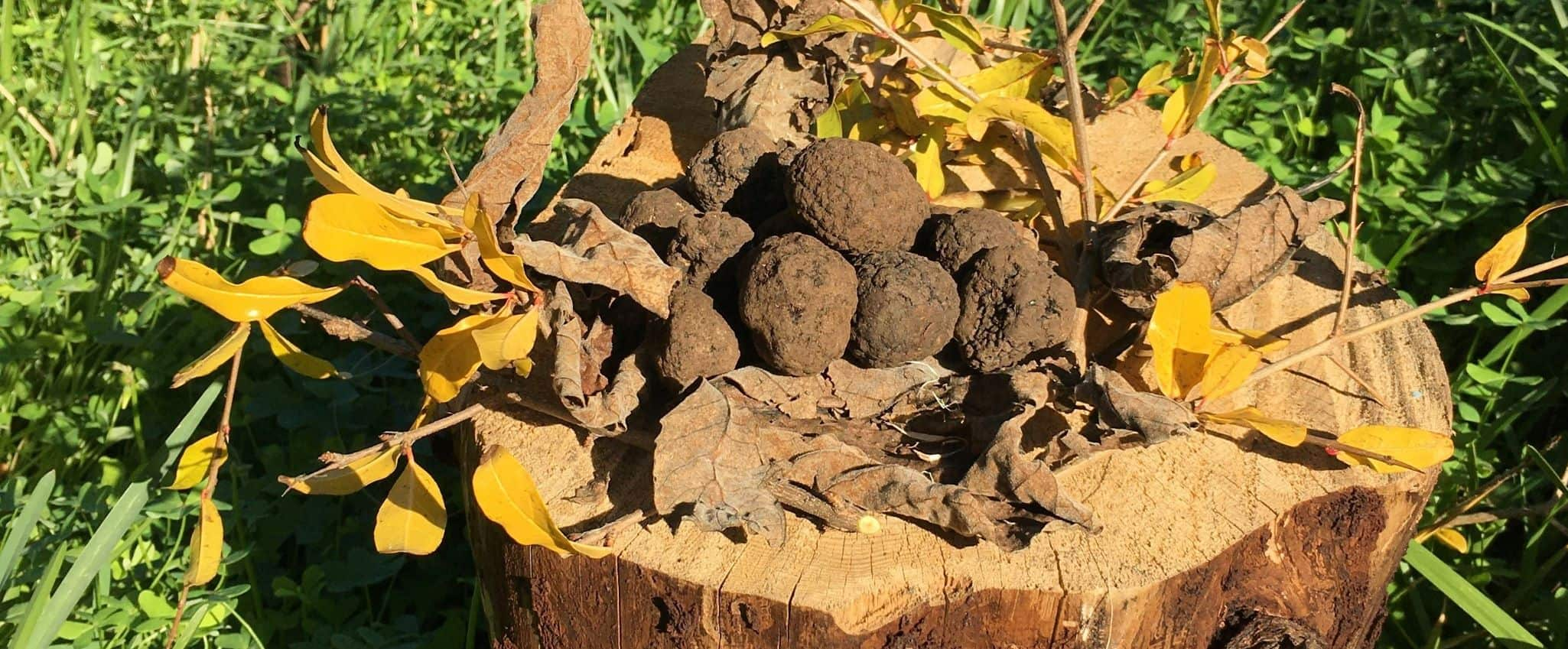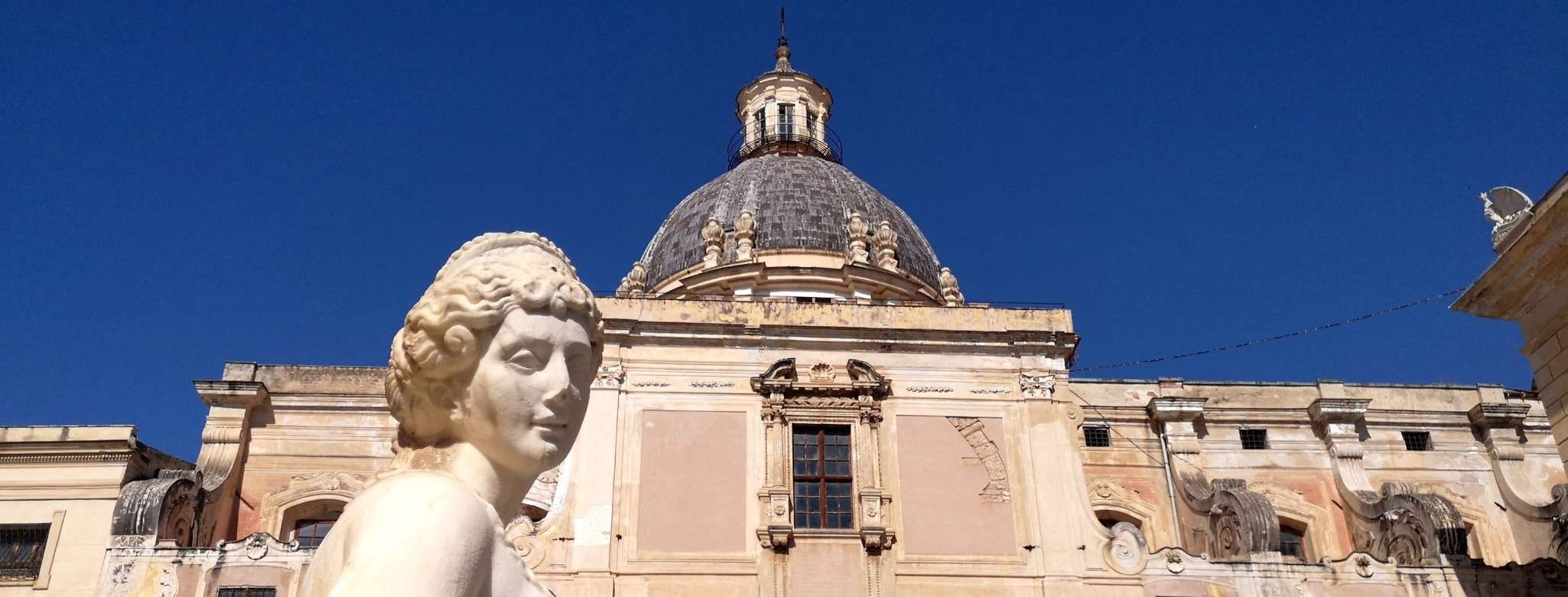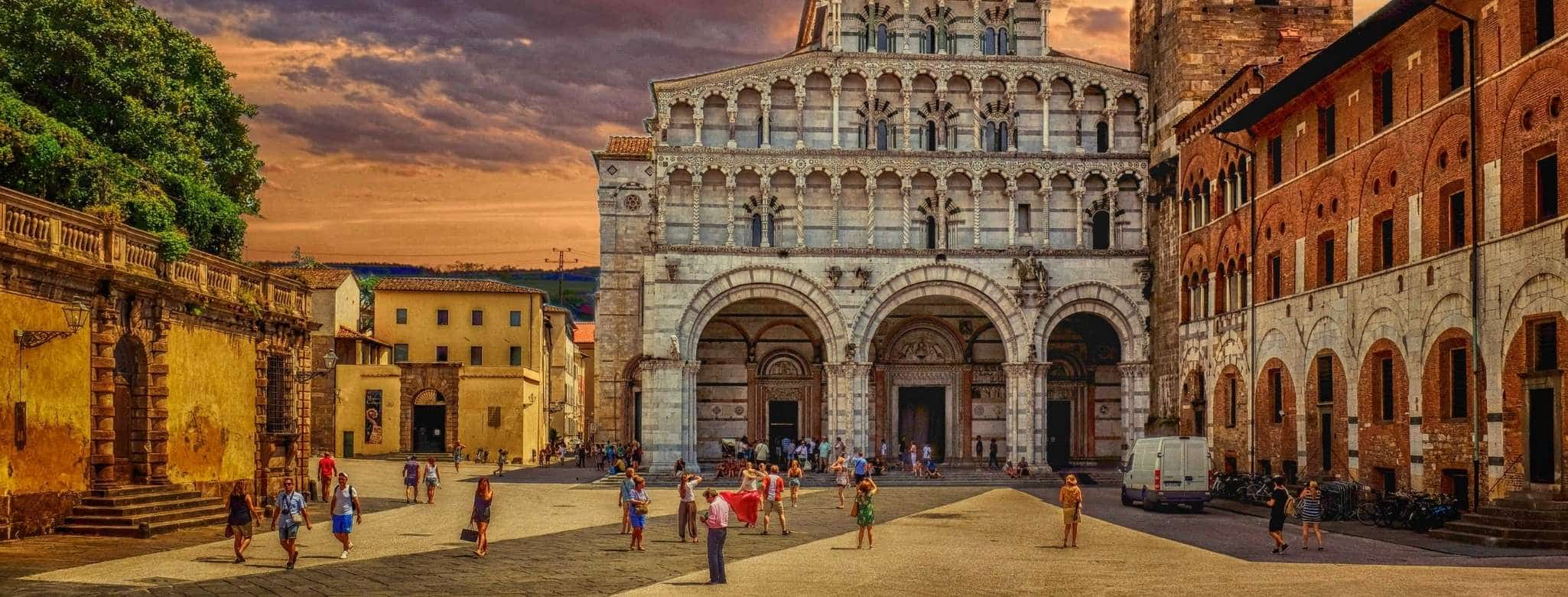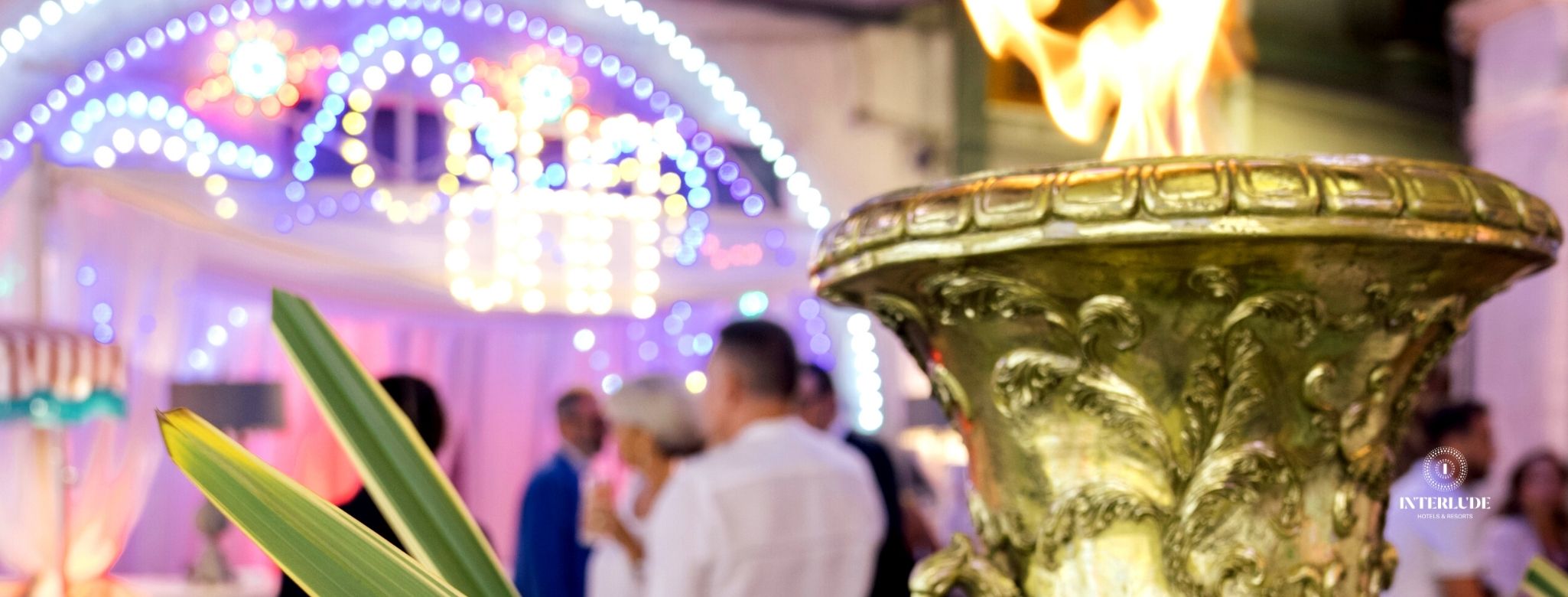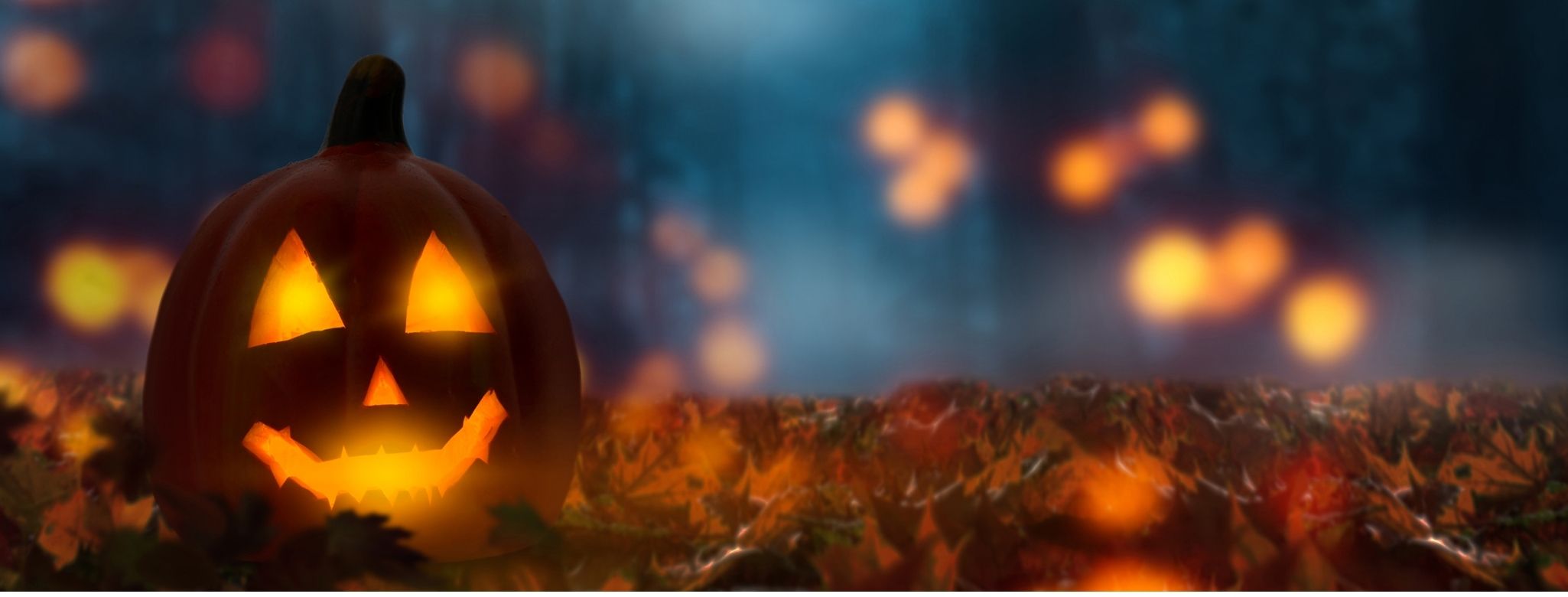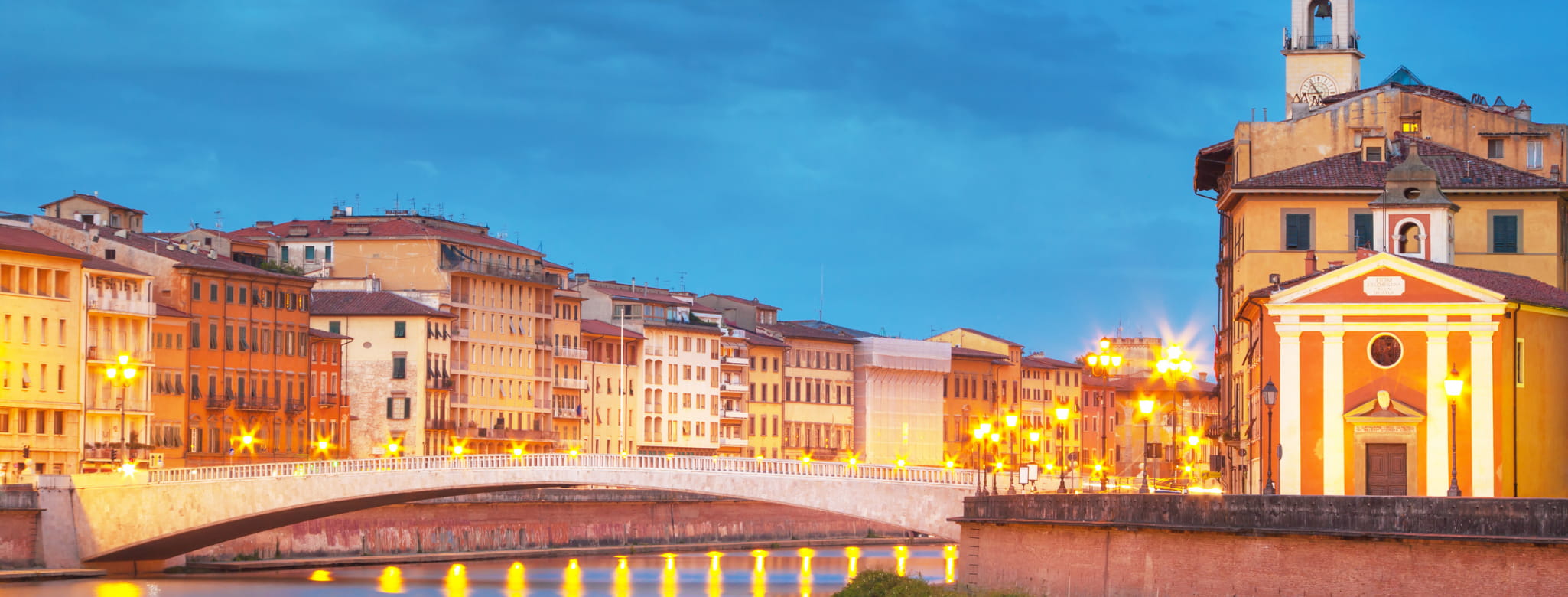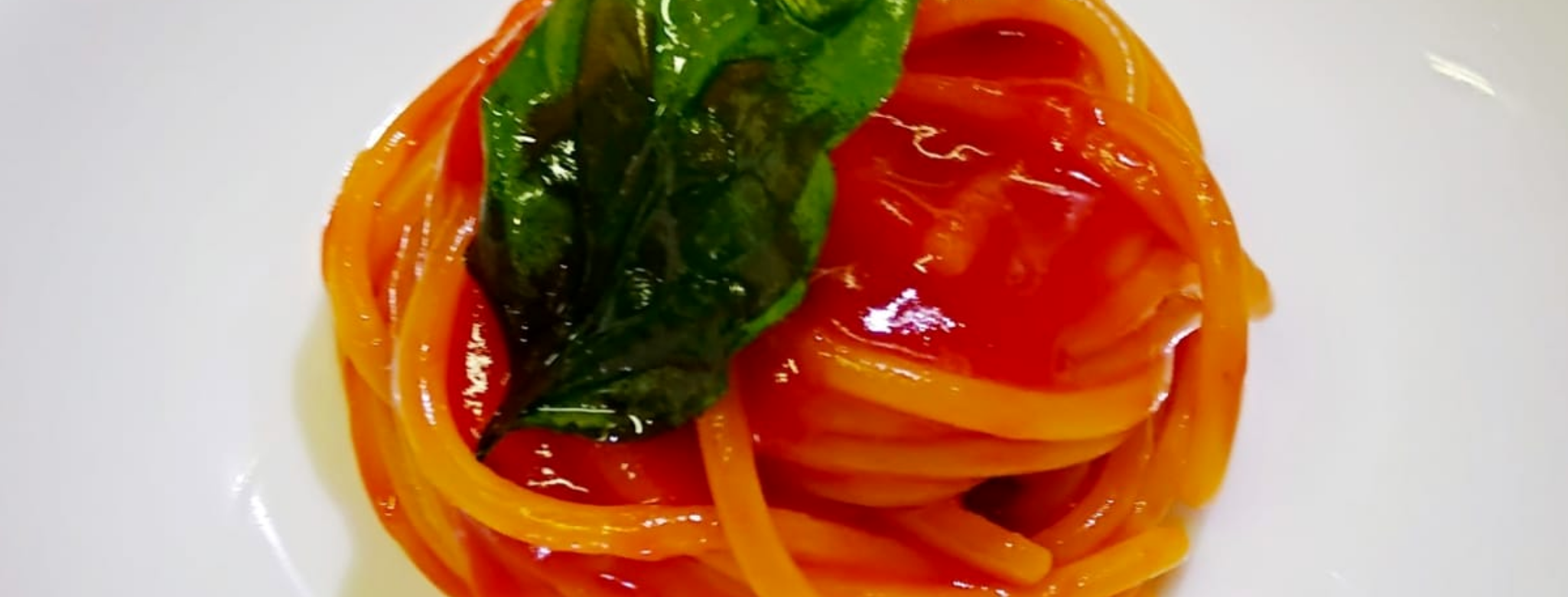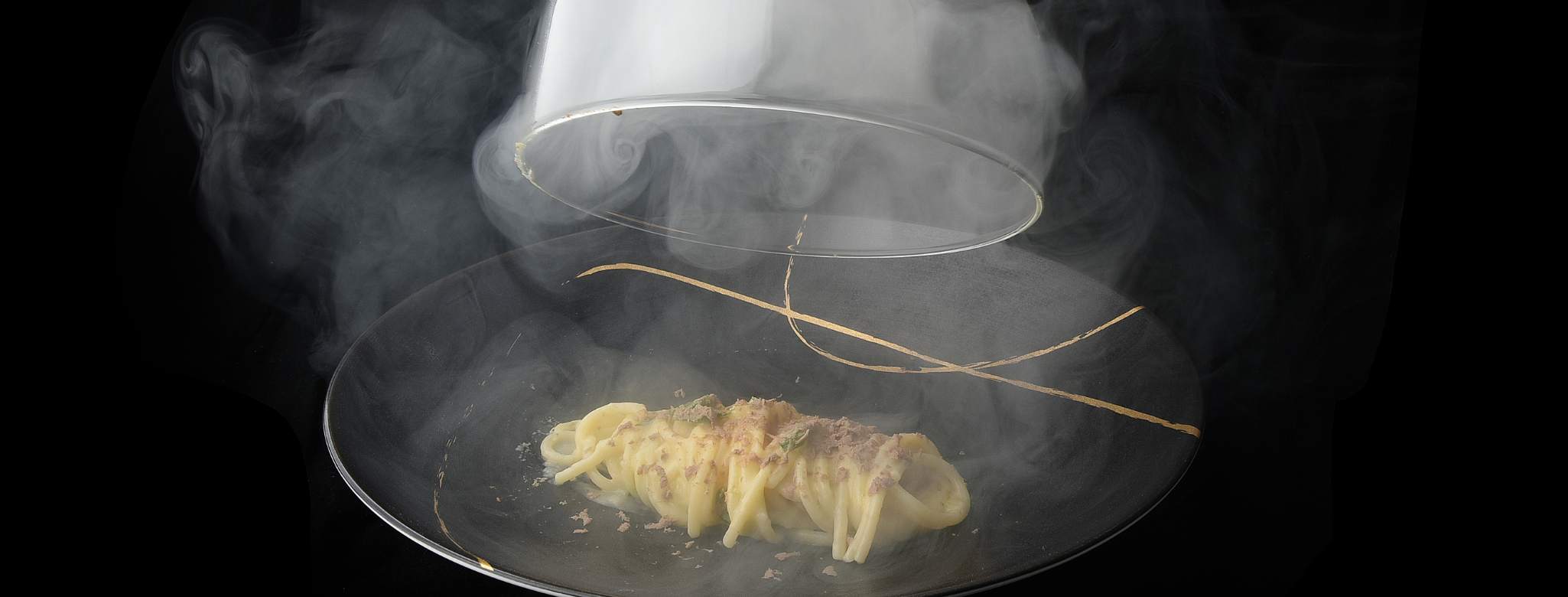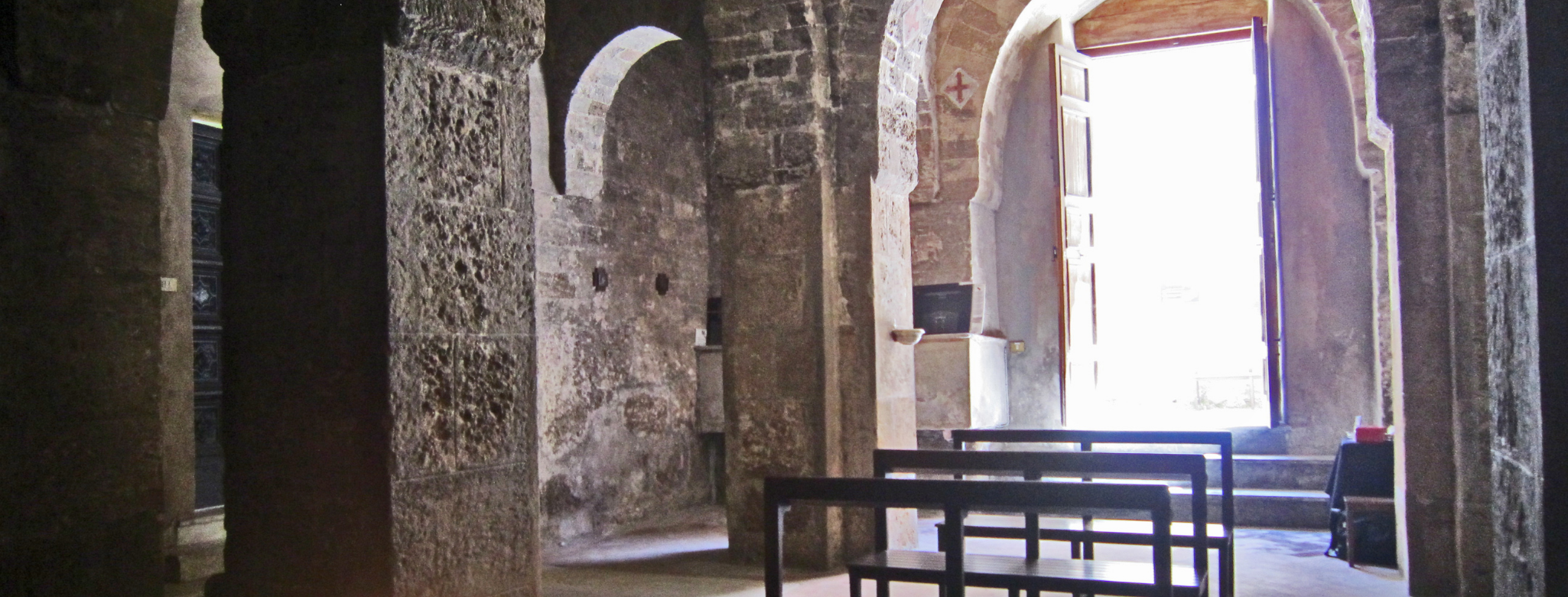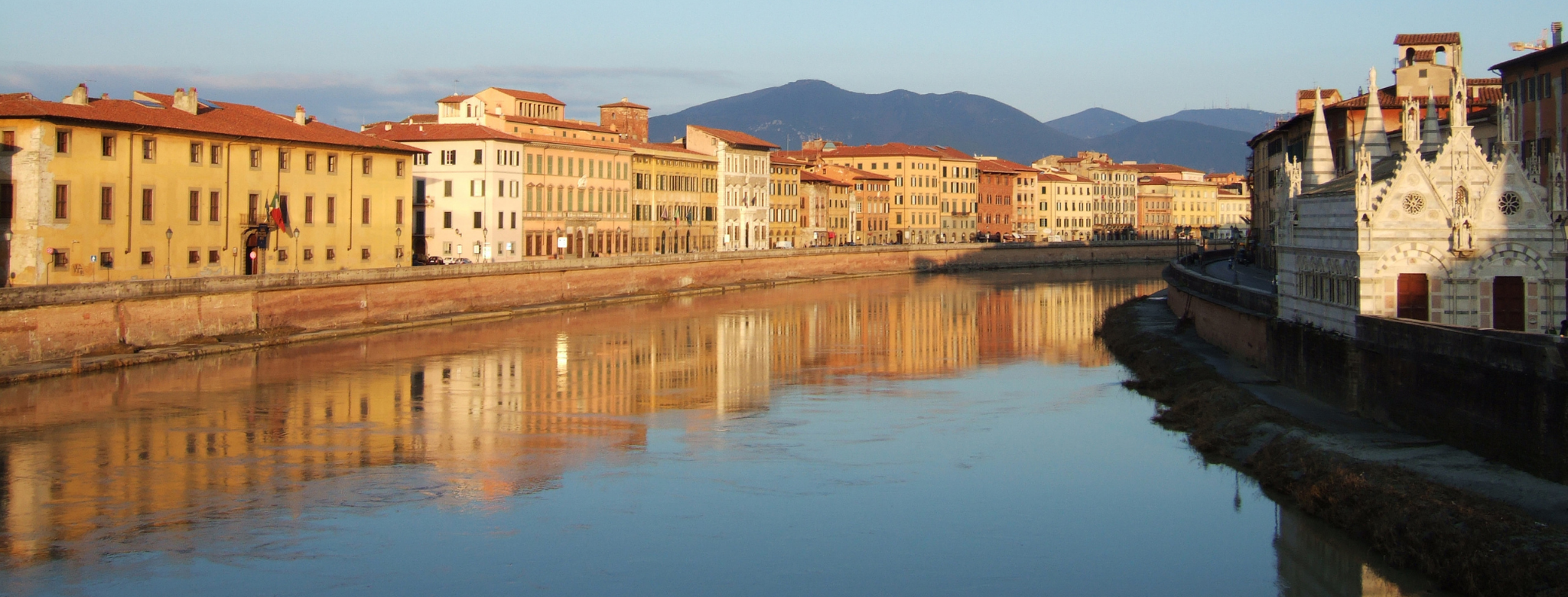AUTUMN
2023
The Mysteries, Places, and Characters of Esoteric Palermo
In addition to its rich history, art, and culture, Palermo also harbours a dark and mysterious side linked to the world of esotericism and the occult. Amid legends, enigmatic symbols, and hidden traditions, this city offers a fascinating discovery for those interested in the mysteries of the esoteric. In this article, we will guide you through an intriguing journey to unveil some of the secrets that lie among the streets of Palermo.
Begin your mysterious journey at the Quattro Canti, an iconic square in Palermo. The atmosphere generated by the Quattro Canti, with their symbolic geometry and enigmatic stories that surround them, adds an element of mysterious charm to the city of Palermo. Although many theories and legends may lack historical basis, the intriguing aspect of this square continues to capture the imagination of visitors and inspire speculations about its true nature.
It is said that the original designer of the square was a member of a secret order, and that the geometric arrangement was tied to hidden secrets. The Quattro Canti are made up of four corners, each representing one of the seasons of the year and a district of the city. The structure is characterized by baroque buildings with elaborate facades and statues depicting allegorical figures. However, there is much more behind this geometric arrangement.
This square, also known as Piazza Vigliena, represents a concentration of symbolism, art, and legends that captivate the attention of those who visit it. They are a place that combines art, symbolism, and mystery, creating a unique experience for anyone who ventures there. While the truth behind their design and meaning may remain shrouded in mystery, what is certain is that this square is a focal point for those fascinated by history, art, and the occult, adding a touch of magic to Palermo's atmosphere.
Some theories suggest that the square may have been designed based on principles of alchemy and esoteric symbolism. According to this hypothesis, the Quattro Canti could represent a kind of outdoor alchemical laboratory. Each corner would be a "vessel" containing an alchemical element: earth, water, air, and fire. The elaborate facades could be seen as alembics or alchemical instruments, and the statues would represent personifications of alchemical concepts. In this context, the octagonal shape might indeed symbolize the balance between opposing elements, the convergence of diverse influences, and the fusion of symbols leading to deeper meaning.
It should be noted, however, that esoteric and symbolic interpretations of the octagon of the Quattro Canti can vary widely and are often based on speculation. There is no definitive explanation for the meaning of this symbol in the square. Nevertheless, what is certain is that the octagon and the entire structure of the Quattro Canti contribute to the mysterious and fascinating aura of this square, inviting visitors to reflect on multiple interpretations and immerse themselves in the magic of Palermo.
A figure with a mysterious allure that is said to be somehow connected to this square, if not for interest, is the famous Count of Cagliostro, also known as Giuseppe Giovanni Battista Vincenzo Pietro Antonio Matteo Franco Balsamo. Let's see who this mysterious character was.
Cagliostro is linked to Palermo not only for his alchemical and magical activities but also for having spent part of his life in this city. He is said to have been born in Palermo in 1743, although there is much uncertainty about his true origins. Growing up in humble surroundings, Cagliostro claimed to have acquired occult and alchemical knowledge through his travels to different parts of the world. Cagliostro became famous precisely for his alleged alchemical and medical abilities. He boasted of possessing elixirs of long life, magical potions, and extraordinary remedies. Through his knowledge, he sought to improve people's lives, but his practices were often shrouded in secrets and nuances that fuelled speculation about the truth of his claims. One of his most notable enterprises was the founding of the Order of Egyptian Templars, an organization that blended elements of spirituality, occultism, and initiation. The order became of interest to many, drawn by its promise of secret revelations and mystical knowledge. However, the order also attracted the attention of ecclesiastical and civil authorities. Cagliostro's House, for those who love to venture into stories and mysteries, is located in Palermo on the street of the same name, in the heart of the historic Ballarò market.
Cagliostro's connection with Palermo has fuelled numerous legends and mysterious stories. It is said that his presence is still felt in some parts of the city, and some people claim to have had supernatural encounters linked to his figure. Stories of alleged ghosts of Cagliostro wandering the streets of Palermo contribute to the sense of mystery surrounding his name.



